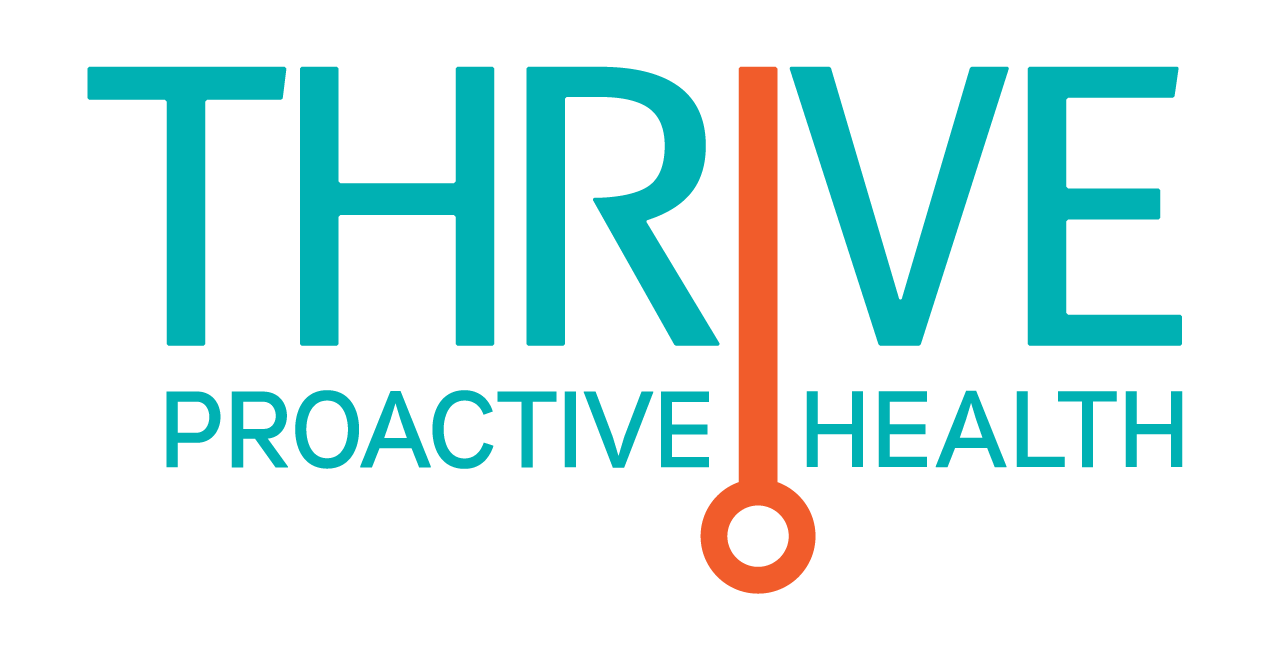Five Most Common Questions About Physical Therapy
July 14th, 2021
Five Most Common Questions About Physical Therapy
Written by Lee Beasley & Dante Leone
1. Do you need a prescription/referral for physical therapy?
- All states, including Virginia, have some form of direct access for physical therapy, meaning you can access physical therapy without a prescription or referral from your physician. However, this depends on your insurance, as some insurances require a referral. If you have questions on your insurance requirements or if you need a referral before beginning physical therapy, our staff would be happy to help you.
2. Do you take insurance?
- We offer a variety of self-pay options for all of our services, so that you can receive quality care without ‘breaking the bank’. For many of our clients with high deductible insurance plans and steep co-pays, this makes treatment plans much more affordable. If you are looking to file through your insurance, please remember you are fully responsible for your co-pay, reaching your deductible, and any services not covered by your insurance. You can call or email our office to learn more about the insurances that we accept. Currently we are considered a Participating Provider for the following networks:
-
-
- Anthem Blue Cross & Blue Shield
- Anthem HealthKeepers, Inc.
- United Health Care
- Tricare Prime & Select
- Cigna
- Aetna PPO
- Optima PPO
- Medicare
- What services can I use my insurance on?
- All insurances are slightly different. Common procedures that are generally covered include instruction in therapeutic exercises or techniques, manual therapy (which may include soft tissue mobilization, joint mobilization), modalities such as electrical stimulation or compression boots and cupping. We verify insurance benefits for patients prior to the first visit, so this will help us to identify if your insurance does or does not cover anything in particular.
- What services can I use my insurance on?
-
3. How long will my appointment be??
- A typical physical therapy appointment at Thrive is about 60 minutes long. Your plan of care and each appointment are individualized to your specific needs. Physical therapy begins with an initial evaluation to develop your plan of care, and then consists of follow-up appointments to return you back to all of life’s activities that you love.
4. Who will I work with at my PT appointment?
- Your physical therapy plan of care consists of a care team. Your care team consists of your physical therapist, a rehabilitation aide, and of course, you. Together you work to progress your individualized treatment plan to get you back doing all the things that you love to do.
5. What can I expect at my first appointment?
-
- The first visit is critical because it will allow your therapist to learn the history of your injury or issue, as well as the current state of your pain, strength and mobility. Most importantly this will then allow us to create a road map to success in the form of a treatment plan. Patients should always leave the first visit with a better understanding of their injury, as well as techniques to begin treating which may include exercises, posture and activity modifications. If a patient arrives in pain, we want them to leave not only in less pain but with a positive outlook moving forward. To succeed it’s important not only that the 1 hour sessions are beneficial, but that patients have a game plan for success during the majority of the week when they’re not at Thrive.

Meet Lee: Physical Therapist + Kemps River Clinical Director
Lee believes that we all need to take personal responsibility in our health and wellness, but from time to time we need to rely on the expertise of others to get there. He likes to be the one to help close that gap for people so that they can take it from there and continue doing what they love. He has been working since 2002 in various outpatient orthopedic physical therapy sites treating those including athletes, weekend warriors, post-surgical ortho patients and people with everyday wear and tear injuries.
